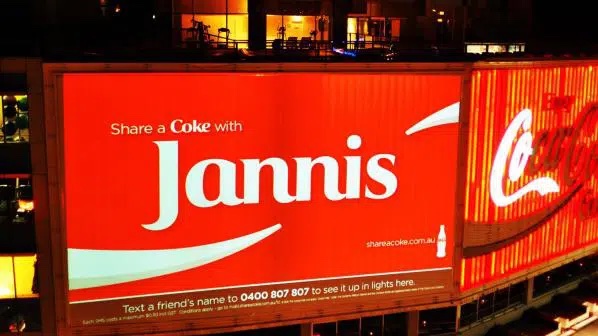In today’s fast-paced and ever-changing business landscape, it’s more important than ever for companies to have a strong and cohesive marketing strategy. One approach that has gained popularity in recent years is integrated marketing communications (IMC).
IMC is a strategic approach to marketing that focuses on creating a seamless and consistent brand experience for consumers across all touchpoints. In this article, we’ll explore the power of integrated marketing communications and how it can benefit your business.
What is Integrated Marketing Communications?
Integrated marketing communications is a holistic approach to marketing that combines all aspects of marketing communication, such as advertising, public relations, direct marketing, and sales promotion, to create a unified and consistent message for consumers.
The goal of IMC is to ensure that all marketing efforts work together to deliver a clear and consistent message to consumers, regardless of the channel or medium. This approach recognizes that consumers are exposed to multiple touchpoints and messages from a brand, and aims to create a seamless and cohesive experience for them.
The Benefits of Integrated Marketing Communications

Consistent Brand Messaging
One of the key benefits of IMC is the ability to deliver a consistent brand message to consumers. By integrating all marketing efforts, companies can ensure that their brand message is consistent across all channels and touchpoints. This helps to build brand recognition and trust with consumers, as they are exposed to a unified and cohesive message.
Cost-Effective
IMC can also be a cost-effective approach to marketing. By integrating all marketing efforts, companies can avoid duplication of efforts and resources. This can lead to cost savings and a more efficient use of marketing budgets.
Increased ROI
By delivering a consistent and cohesive message to consumers, IMC can also lead to increased return on investment (ROI). When all marketing efforts are working together, they can reinforce each other and create a stronger impact on consumers. This can lead to increased brand awareness, customer engagement, and ultimately, sales.
Better Understanding of Target Audience
IMC also allows companies to gain a better understanding of their target audience. By integrating all marketing efforts, companies can track and analyze consumer behavior across different channels and touchpoints. This can provide valuable insights into consumer preferences, behaviors, and needs, which can inform future marketing strategies.
How to Implement an Integrated Marketing Communications Strategy

Define Your Brand Message
The first step in implementing an IMC strategy is to define your brand message. This should be a clear and concise statement that communicates your brand’s values, mission, and unique selling proposition. This message will serve as the foundation for all marketing efforts and should be consistent across all channels and touchpoints.
Identify Your Target Audience
Next, it’s important to identify your target audience. This will help you determine which channels and touchpoints are most effective for reaching them. By understanding your target audience, you can tailor your messaging and marketing efforts to better resonate with them.
Integrate Your Marketing Efforts
The key to successful IMC is integration. This means that all marketing efforts should work together to deliver a consistent and cohesive message to consumers. This includes traditional marketing channels such as print, TV, and radio, as well as digital channels such as social media, email, and websites.
Use Data to Inform Your Strategy
Data is a powerful tool in IMC. By tracking and analyzing consumer behavior across different channels and touchpoints, companies can gain valuable insights into their target audience and the effectiveness of their marketing efforts. This data can then be used to inform future marketing strategies and improve ROI.
Real-World Examples of Successful IMC Strategies
Coca-Cola’s “Share a Coke” Campaign

In 2011, Coca-Cola launched its “Share a Coke” campaign, which was a prime example of successful IMC. The campaign featured personalized bottles and cans with popular names and phrases, encouraging consumers to share a Coke with their friends and family. This campaign was integrated across all channels, including TV, print, social media, and in-store displays. As a result, Coca-Cola saw a 2% increase in sales and a 7% increase in consumption.
Nike’s “Just Do It” Campaign

Nike’s iconic “Just Do It” campaign is another example of successful IMC. The campaign, which launched in 1988, has been consistently used across all marketing channels, including TV, print, and digital. This consistent messaging has helped to build Nike’s brand recognition and has contributed to its success as a leading athletic brand.
Careers in Integrated Marketing Communications

As the importance of IMC continues to grow, so do career opportunities in this field. Some common job titles in IMC include marketing manager, brand manager, advertising manager, and public relations specialist. These roles require a strong understanding of marketing principles, as well as the ability to integrate and coordinate marketing efforts across different channels and touchpoints.
By integrating all marketing efforts, companies can save costs, increase ROI, and gain a better understanding of their target audience. As the business landscape continues to evolve, IMC will become even more important for companies looking to stand out in a crowded market.










